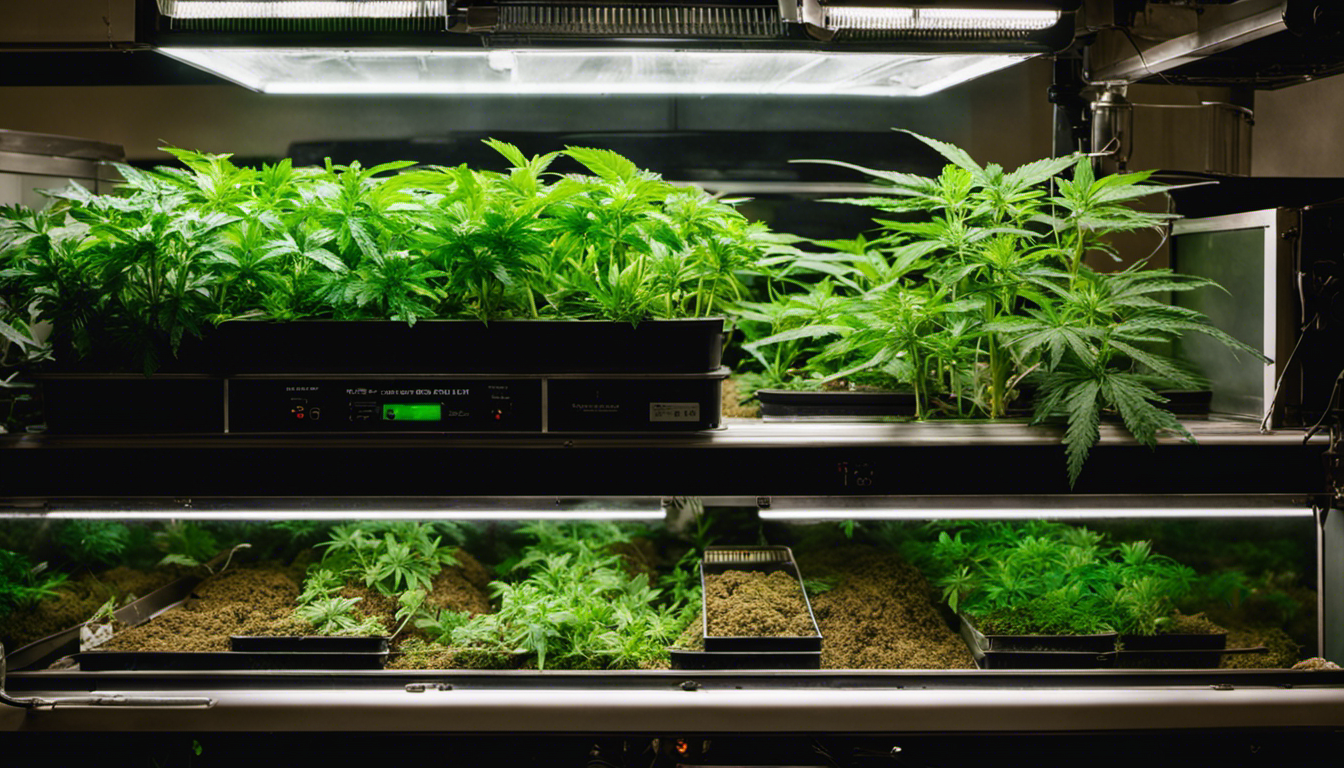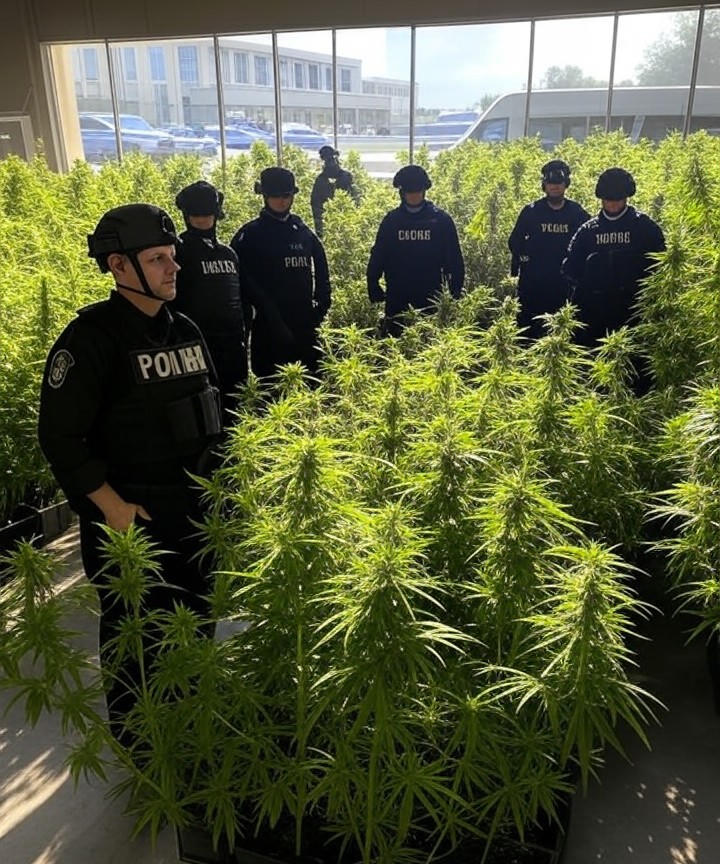Kentucky Medical Marijuana Dispensaries: When Can Patients Expect to Purchase Products?
While medical marijuana is legal in Kentucky, the opening of dispensaries is still several months away. Cultivators and dispensaries are working together to ensure a steady supply of products when dispensaries finally open.
Kentucky Alternative Care, a dispensary set to open in Louisville, is prioritizing education about medical marijuana and cannabis products. The dispensary, founded by Louisville dentist Su Kang, aims to reduce reliance on opioids and other pharmaceuticals by increasing awareness about cannabis and safe consumption practices.
Experts estimate that dispensaries will open in Kentucky within the next six months to a year. However, the exact timeline depends on the infrastructure development of cultivators and dispensaries.
Ali Bazzi, partner at Synapse Remedies LLC, a Louisville-based cultivator, said his company is building out its infrastructure and expects to be operational by September. Bazzi believes the first harvest will take about three to four months, and the facility will produce around 100-150 pounds of raw plant material per month.
Julia Burkman, marketing and public relations manager for Picasso Cannabis, LLC, said construction is underway at the company’s dispensary, Kentucky Alternative Care, with plans to open in October or November. The dispensary will feature a comfortable and upscale atmosphere, with a focus on education about medical marijuana and cannabis products.
The delay in dispensary openings is attributed to cultivators needing to build out their infrastructure before growing product. Many cultivators are also waiting for dispensaries to open before starting production. This coordination is crucial to ensure a steady supply of products when dispensaries finally open.
Bazzi noted that the limited canopy space in Kentucky is a concern, with only 115,000 square feet available for the 16 cultivators across all tiers. This could lead to a shortage of products in the future as the program grows.
Patients can expect to see a steady supply of products in the first year, but demand may exceed production later on due to the limited canopy space.












